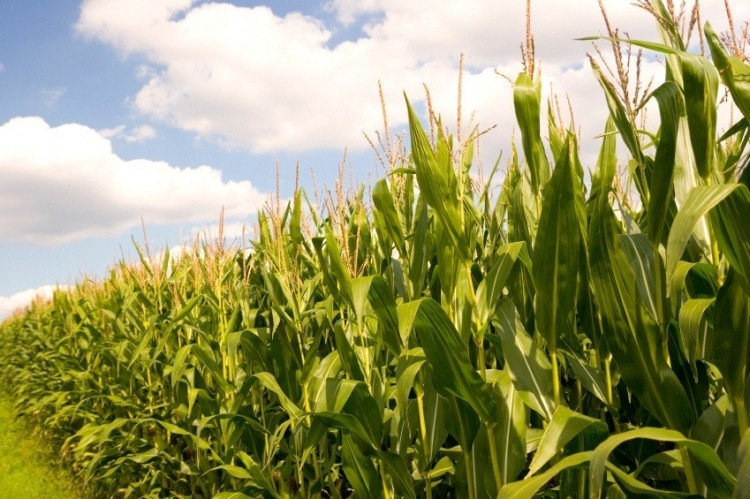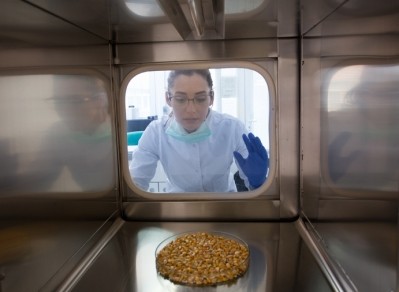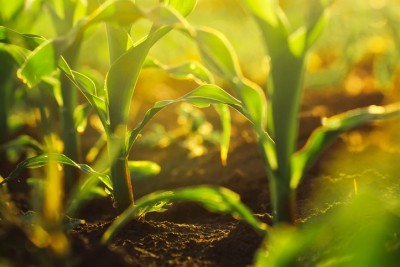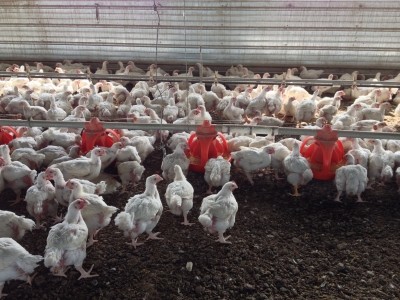Agrivida bids to transform corn stover into high value animal feed

Agrivida this month announced a collaborative trait development project with genetic engineering firm, Precision BioSciences, based on gene modifications to turn a low-value product – corn stover – into a high-value component used in ruminant feed diets.
Corn stover – the leaves, husk, and cob of corn - is not used in significant quantities in animal feed but has the potential to displace over two billion bushels of corn grain currently used in the diet of livestock, said the Massachusetts-based company.
In the US, 80 to 100 million acres of corn are planted annually, generating an estimated 160 to 250 million dry tons of corn stover that is available for processing.
Energy content of forage
The project also aims to save money for livestock producers by ensuring they can use less forage in the diet of their cattle or get more milk per pound of feed, said Michael Raab, president of Agrivida.
“Through the combination of our expertise on plant metabolism and Precision’s technology, which has a high degree of specificity, we can boost the energy content of forage and improve its digestibility.
"If you deliver more digestible forage, you get more essential nutrients into the cow’s diet, and thus improved animal health. You also get a higher milk yield,” said Raab.
Feeding trials
He said that the partnership has, so far, only generated a handful of plants.
“In order to carry out comprehensive ruminant feeding trials, we need a few growing seasons.
This year we are planning a pilot scale trial, scaling up to a larger trial next year but we require partners for that stage,” he told FeedNavigator.com
The companies are working to get regulatory approval, carrying out the necessary safety studies to develop the complete data package, with expectations of the process being complete in about three years’ time.
Market entry
Commercial products will not be on the market before late 2017 or 2018, said Raab.
The US market is a priority right now, with fewer consumer concerns about GM crops in that geography compared to Europe, said Raab.
“There is more certainty about the US market for us. We are a small company and we have to use our resources effectively. But we may look to Asia and South America later,” he said.
Raab said that the partnership will look to explore the potential of its feed technology for other livestock sectors. “There are certain swine segments where it could be relevant,” he added.












